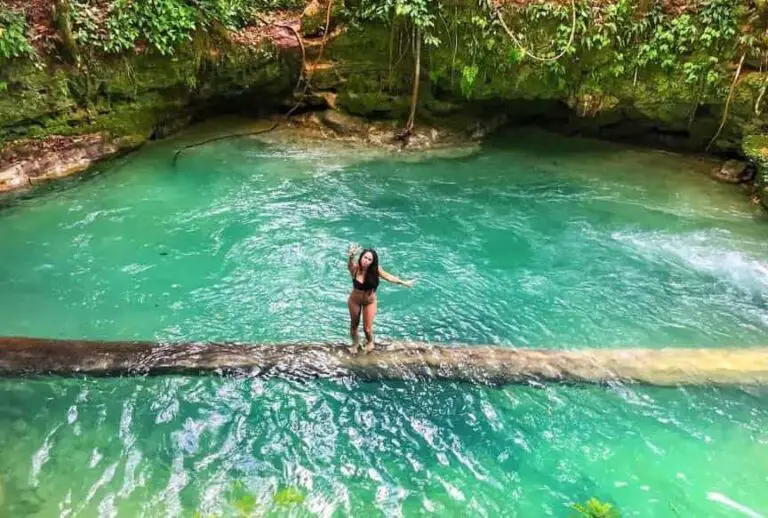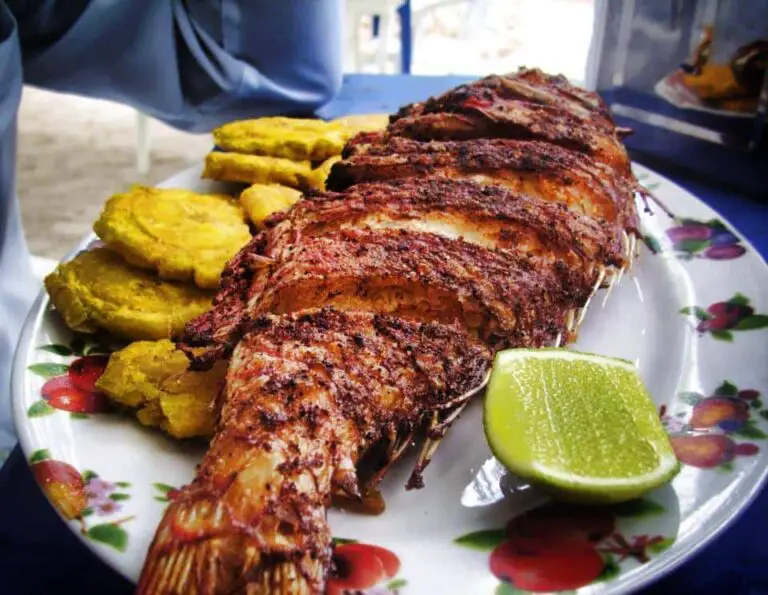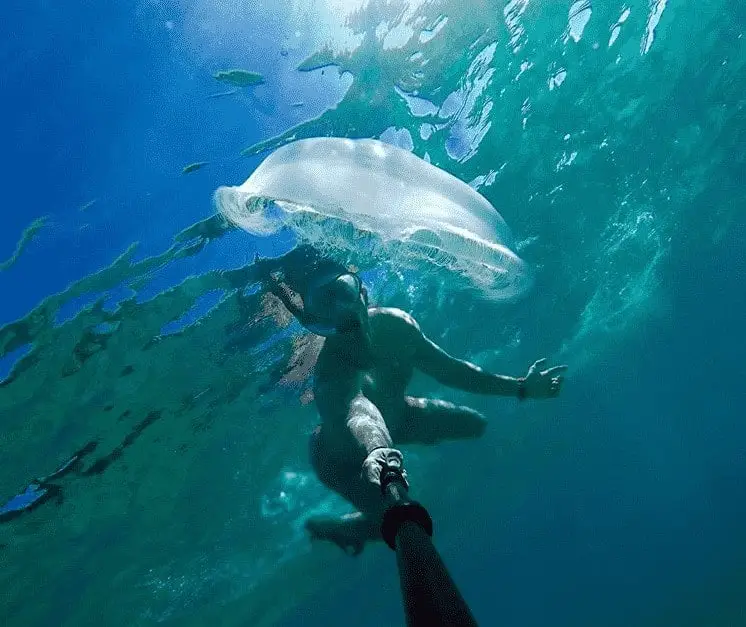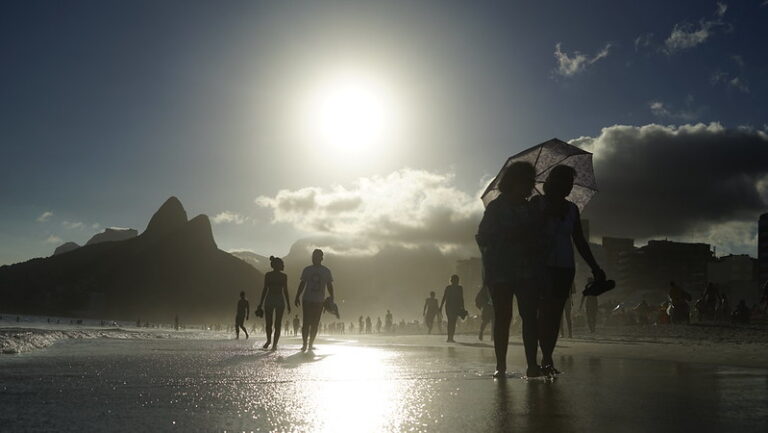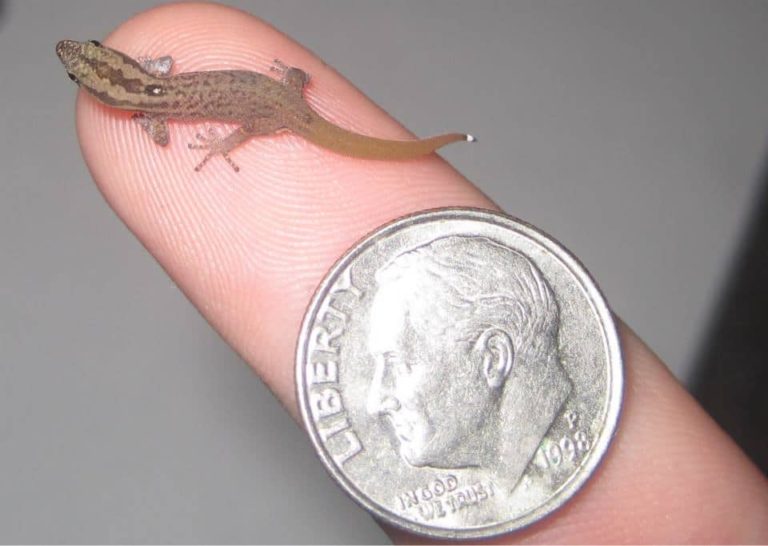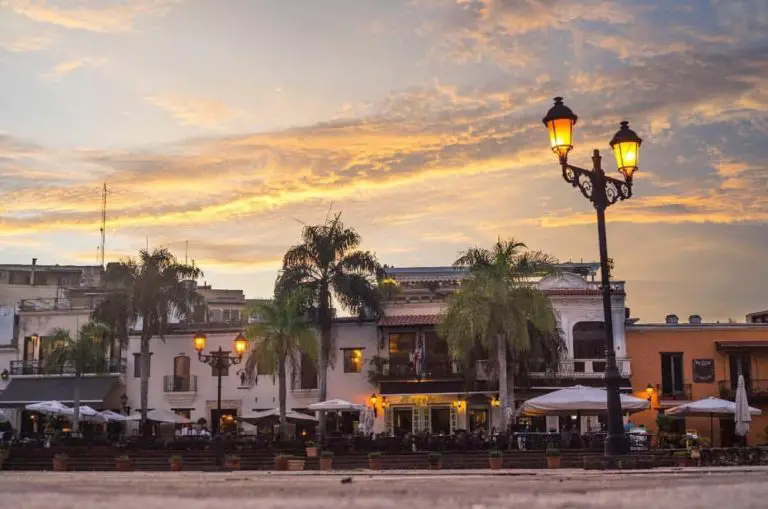The Most Impressive Caves in the Dominican Republic
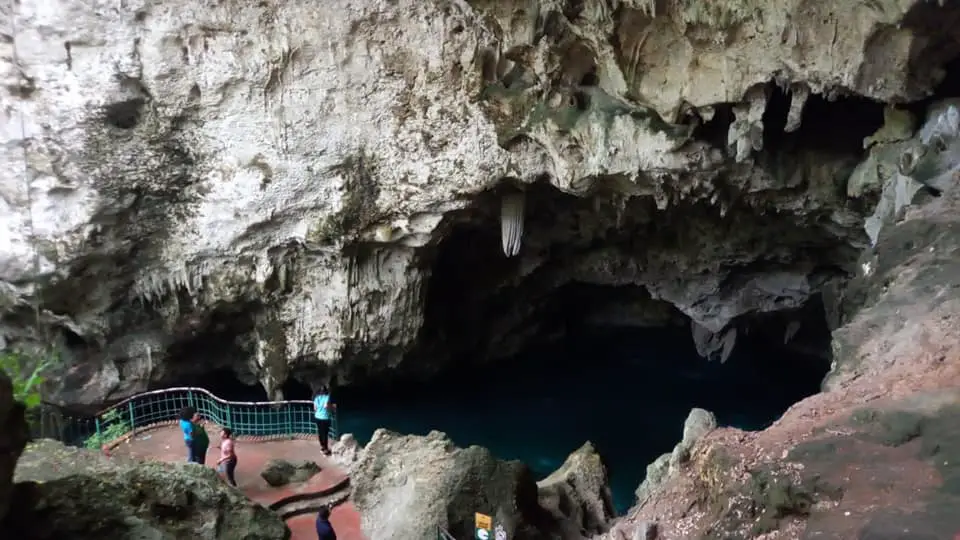
The caves used by the Tainos hundreds of years ago to practice rituals and take shelter from the rains are now a source of attraction for tourists visiting the Dominican Republic.
These caves, which served as a home for the first inhabitants of Quisqueya Island, contain petroglyphs and pictographs. Samples of rock art and different objects made of ceramics, stones and other materials have been found inside the caves.
It is estimated that there is one cave per square kilometer, which means that the country has more than 48,000 caves. In Santo Domingo alone, between Italia and Luperon avenues, there are 120 caves and all of them are interesting, regardless of size, because they have cave paintings and animals, mainly bats.
While in Los Haitises there are more than 15,000 caves, but most are flooded and in the process of formation.
This makes the caves of the Dominican Republic and the island more important than in other places because it is in the tropics and in the tropical zone where there is more life.
Contents
Where are the caves located in the Dominican Republic?
These caves are scattered throughout the national territory, mainly in Los Haitises, Jaragua Park, Sierra de Bahoruco, Cotubanamá Park (known as Parque Nacional del Este), Cordillera Septentrional and the coastal plain. In the central zone there are fewer cavities because the rocks are not limestone.
From San Cristóbal to Higüey there are several cliffs, but there is one that is closer to the sea and is the most extensive support of cave paintings.
There are 175 kilometers of a single formation and most of the caves have aboriginal rock art and some archaeological sites, that is to say, it is the longest rock support unit that exists in all the Caribbean.
What are the most popular caves to visit in the Dominican Republic?
All caves receive visitors, but the best known are Las Maravillas, Los Tres Ojos, El Pomier, Cabarete and Los Haitises.
The most popular caves to visit are the ones that contain cave art. It is understood that the loss of the aboriginal population is irreparable and that only these artistic manifestations remain.
That was the form of communication of the aborigines, the cave drawings in the caves is the only thing that keeps alive the memory of the aboriginal culture that once existed in the Dominican Republic, that is why they are preserved as a cultural heritage.
Los Tres Ojos (The three eyes), an impressive aquatic cave
The park is composed of three interconnecting lakes. Each one has a name that identifies it: the Lake of Sulfur because the water has this chemical element; Las Damas, where women preferred to bathe because it was the most discreet place, and La Nevera, so-called because its temperature is lower, due to the fact that it does not receive direct sunlight.
To visit the fourth lake, called Los Zaramagullones, it is necessary to get on a small wooden boat, baptized as the “Titanic Junior”. Those interested must pay RD$25 (less than a dollar) to the men who move it by pulling on ropes.
Los Zaramagullones Lake, named after a species of duck that used to live there, is completely open air and a large number of fish and turtles can be observed.
There are many fish, large and small, which are fed by tourists and staff of the Ministry of Environment. Fishing is also prohibited.
Entrance to Los Tres Ojos costs RD$100 ( US$2) for Dominicans and RD$200 (US$4) for foreigners. It is also the most visited cave in the country.
Cacibajagua del Pomier
The Pomier or Borbón caves, located in San Cristóbal, are considered one of the most important patrimonies of humanity.
According to the tourist guide of the cacibajagua (the cave from which the Tainos came from in Hispaniola), the anthropological reserve is a Category III Natural Monument for its biodiversity of endemic, native and resident species, some of which are endangered and threatened by mining activity in the area.
The cavern is more than 400 meters long without lighting and visitors must walk through corridors that lead to different rooms.
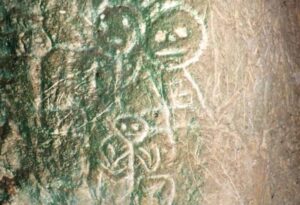
The Museum of Dominican Man made a report in 1978, where it reported a total of 590 pictographs and 21 petroglyphs, representing animal species and magical-religious scenes.
In 2002, a large amount of archaeological material was removed from the floor and the corridors were designed.
The Association of Guides and the Pomier Caves Foundation conducted an inventory of the cave’s rock art in 2015. They recorded 812 pictographs and 28 petroglyphs made by the Tainos with a mixture of charcoal and animal fat.
Caves of Mirador Sur
The most interesting area and with more possibilities to become one of the most attractive sites to observe rock art in the area of Honduras del Oeste. The location of the rock sites within a beautiful urban park of great extension allows combining recreation with the enjoyment of culture.
Honduras del Oeste is currently an urban area that includes the Parque Mirador Sur and the entire cliff that delimits it on the edge of Avenida Pedro Germosen.
This limestone cliff formed in the Pleistocene, has an approximate development of 6 kilometers and is marked by a multitude of caves and shelters where samples of rock art are found.
There are currently 11 caves officially counted in the Farallon, although the number is much higher if all the shelters that mark the karst formation are included.
The cliff is a coral limestone terrace formed during the Pleistocene where caves and shelters are found throughout its development.
The vegetation corresponds to the humid tropical forest typical of this part of the island and the fauna present presents introduced species assimilated to urban life and some interesting samples of the endemic fauna that survive thanks to the protection provided by the green area of the Mirador Sur Park.

